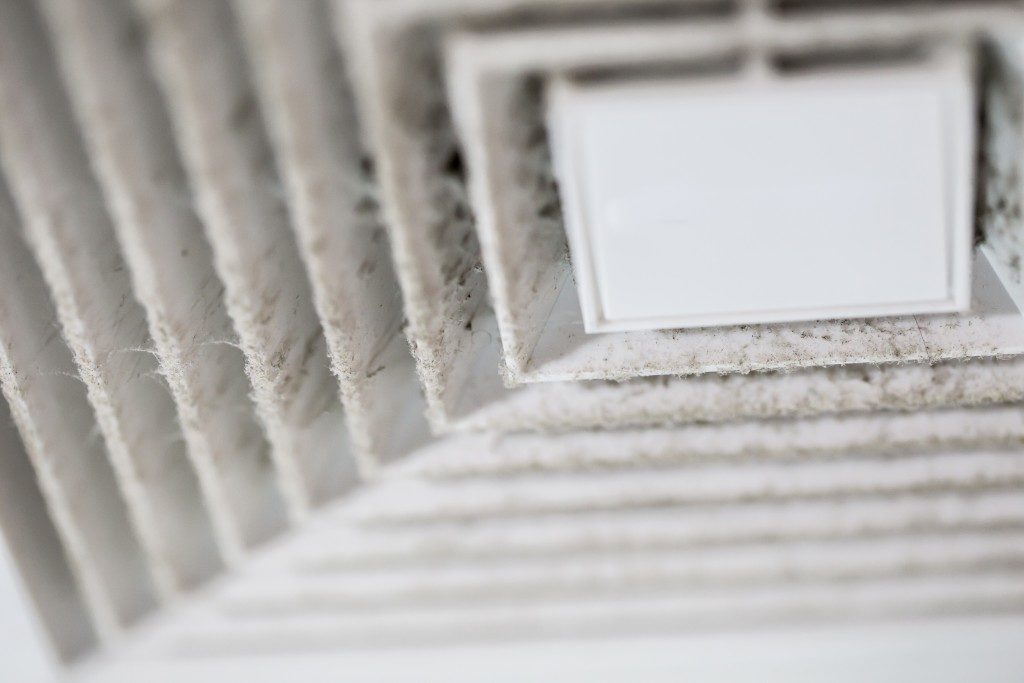You might not actually “see” the indoor air quality in your home, but it could have an immense effect on your loved one’s health and safety. While you may not be aware of how many pollutants are inside your home, the chances are that they are present in your abode. The most significant factors that can affect your home’s indoor air quality include moisture levels and circulation. For one, efficient and clean filters and fans on your furnaces, dehumidifier, and other appliances enable them to work more efficiently and could likewise minimize particulate pollution and moisture inside your home. That being said, to ensure that your home’s indoor air quality is as safe as can be throughout the entire year, consider the following tips:
- Clean all dryer exhaust vents and ducts whenever necessary.
- Vacuum all rear grills on freezers and refrigerators, and empty all drip trays to avoid the growth of mold.
- Ensure that air vents between the outdoors and indoors are not obstructed by dirt buildup, leaves, snow, or other debris.
- Always be on the lookout for plumbing leaks and fix them accordingly. Even the most harmless looking drips could create the perfect environment for mold development and impact air quality.
Ensuring Excellent Indoor Air Quality All Year-Round
The following seasonal tasks could help keep your indoor air quality in check throughout the year:
- Springtime – Call your go-to AC repair professional in Modesto to clean and service your air conditioning unit. Replace or clean filters if needed. If applicable, turn off the fireplace and gas furnace pilot light. If you have a sump pump, get it checked to ensure it’s working properly. Additionally, clean all ceiling fans to prevent dust buildup on the blades from spreading.
- Summer – Check and fix your chimney flues’ vermin screens. Also, check if there are bird nests on outdoor electrical fixtures. This could prevent proper ventilation of hazardous gases and pose potential fire hazards. Likewise, trim all bushes and shrubs near your home and roof because the growth that’s too near your home could foster mold and algae development.
- Fall – Clean the chimney to get rid of creosote buildup and remove window screens to avoid condensation on windowpanes that could promote mold development. Clean all humidifiers and make sure to seal openings in your home’s exterior to prevent pests from coming in.
- Winter – Clean all humidifiers if you use them regularly and check the radon and carbon monoxide levels in your home. Clean all air vents on space heaters and heating systems.
Don’t Forget to Look at What’s Inside Your Garage

Generally speaking, the air circulation inside a house must be encouraged. On the other hand, you shouldn’t let air circulate freely if you have a garage attached to your home’s living area. Various pollutants like car exhaust from your garage could negatively affect the air quality in your house. Ensure that that the access point between your house and garage seals completely and that your weather stripping is in great condition.
Following the seasonal maintenance tips above will help everyone in your home, breathe easy and stay safe all year-round.

